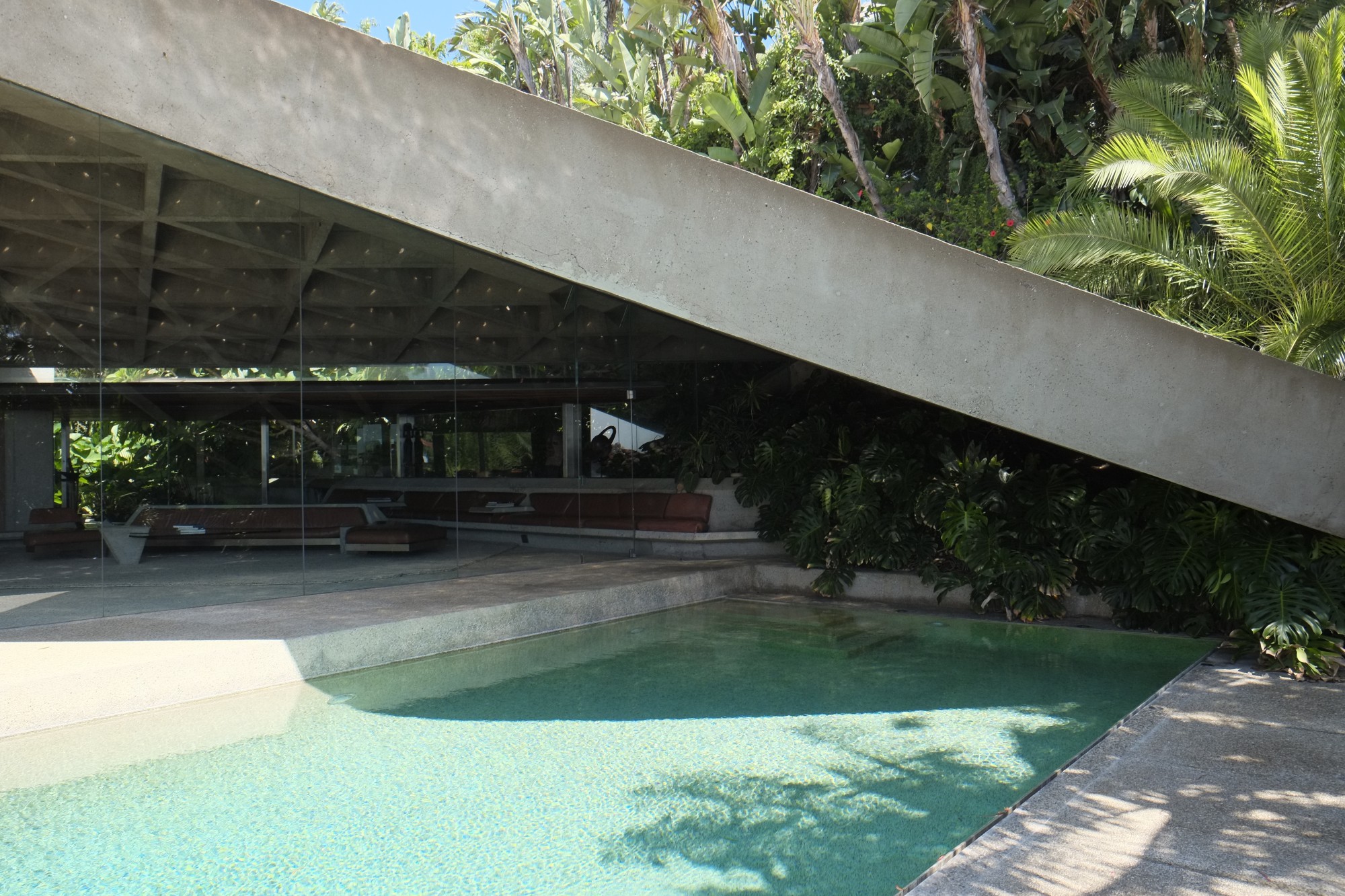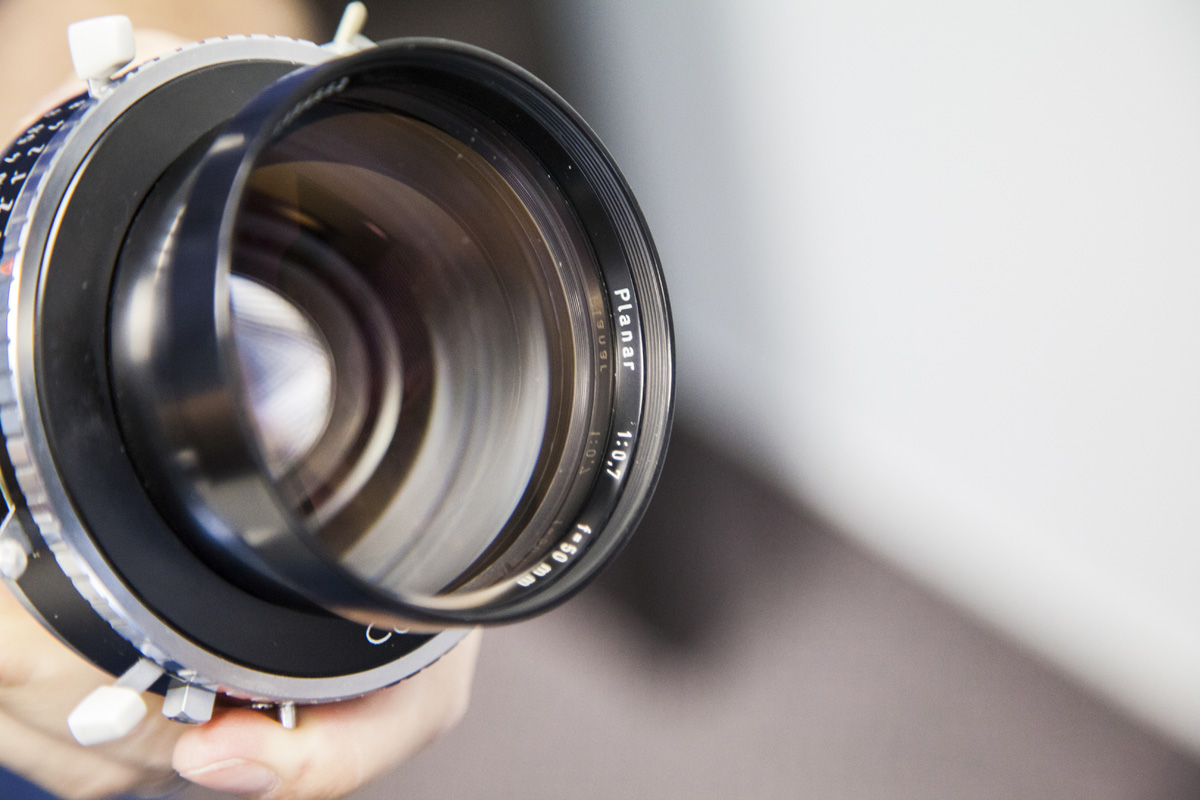An Afternoon In John Lautner’s Masterpiece
Los Angeles has always been something of a Mecca to those of us who truly love modern architecture. The mild climate, accumulated wealth, and preference for single-family homes have allowed architects to run wild and this has resulted in some of the most incredible pieces of modern architecture to be found anywhere. Many of the world’s most notable modern architects have worked in the Los Angeles area including Richard Neutra, Pierre Koenig, Rudolph Schindler, and perhaps most notably John Lautner.

John Lautner got his official start in architecture working under Frank Lloyd Wright, but had been interested in it since helping his parents to construct their lakeside cabin known as Midgaard on the shores of Lake Superior. After college, Lautner approached Frank Lloyd Wright and soon after began his studies as an apprentice at Taliesin and later Taliesin West in Arizona. Lautner married around the time he started at Taliesin and left several years later when his wife “MaryBud” became pregnant. The two settled in Los Angeles and it was here that John Lautner began his practice. Lautner was familiar with Los Angeles, having worked with Wright on several homes here including the exquisite Millard House, also known as La Miniatura in nearby Pasadena.

Lautner worked on many notable projects before truly coming into his own as an architect, embracing what has come to be called the “organic modern” style. In 1963 Lautner completed both the famed Reiner House, aka Silvertop and arguably one of LA’s most famous homes, the Sheats Residence, now known as the Sheats Goldstein residence. The Sheats’ had already worked with Mr. Lautner on an apartment building in LA’s Westwood neighborhood and they decided that he’d be perfect to design their home. The Sheats Residence is situated in Benedict Canyon above Beverly Hills, perched on the side of a steep slope. The structure is primarily poured concrete though the home features an abundant use of wood to avoid making the house feel too sterile and “villain-y”. Mr and Mrs Sheats and their three children lived in the home for several years before selling and after several subsequent owners, the house was purchased by James Goldstein in 1972. The previous owners had changed many things about the house but Goldstein saw through the questionable design decisions and sought out John Lautner to help him restore the home to its former glory.
Over the next 22 years, Goldstein and Lautner worked to fully realize Lautner’s original vision for the home and together they made many changes to the original specifications. Some of these include the glass jars set into the roof of the iconic living room ceiling, the redesign of the bedroom level of the house to better suit Mr. Goldstein’s single lifestyle and taste for clothes. Some of the more incredible features of the house include the space-age looking kitchen that isn’t terribly functional, the motorized openings in both the ceiling and bedroom walls. A glass sink built into a glass wall that allows the used water to hydrate the property, and a stocked koi pond with walkway.

The house feels unlike any other when you step inside it. Aesthetically it appears to be a work of science fiction but it doesn’t feel cold. The house manages to be utterly unfamiliar yet feel like a home. The structure is lived in and loved. Things look like they’re touched and used regularly because they are. The home is not air conditioned. Its cliffside location and ability to open many walls and roof panels means that the house stays at a comfortable temperature year round. Nearly all of the transitional spaces are open to the elements, this includes the walkway which the guest bedrooms open onto and the stairs from the main living area to the bedroom level. Needless to say, it would be a dangerous house to get severely drunk in.

The house has been used in countless films, music videos, fashion shoots, etc and has hosted innumerable parties that have been attended by everyone who’s anyone. This only adds to the surreal feeling that you get walking into the place. I’ve never been to the White House or the Sistine Chapel, but I’d imagine that the eerie feeling of familiarity, from having seen a thousand pictures, would be similar. Jim Goldstein has done a lot with the house, including adding an additional, not-attached structure which houses a club and his office as well as a tennis court. This addition was made with Lautner’s blessing and has been under construction for almost ten years. It seems like it will take several more years to bring it to completion. Goldstein has publicly and repeatedly vowed to never sell the house that now bears his name, and with all the time, money, effort, and love that he’s put into it we can’t really blame him.
The house is open occasionally for tours through various organizations but they tend to be expensive and fill up fast. If you ever have the chance, please take our word for it and go. It is an absolutely singular experience.
Photos Courtesy of V3LLUM.






